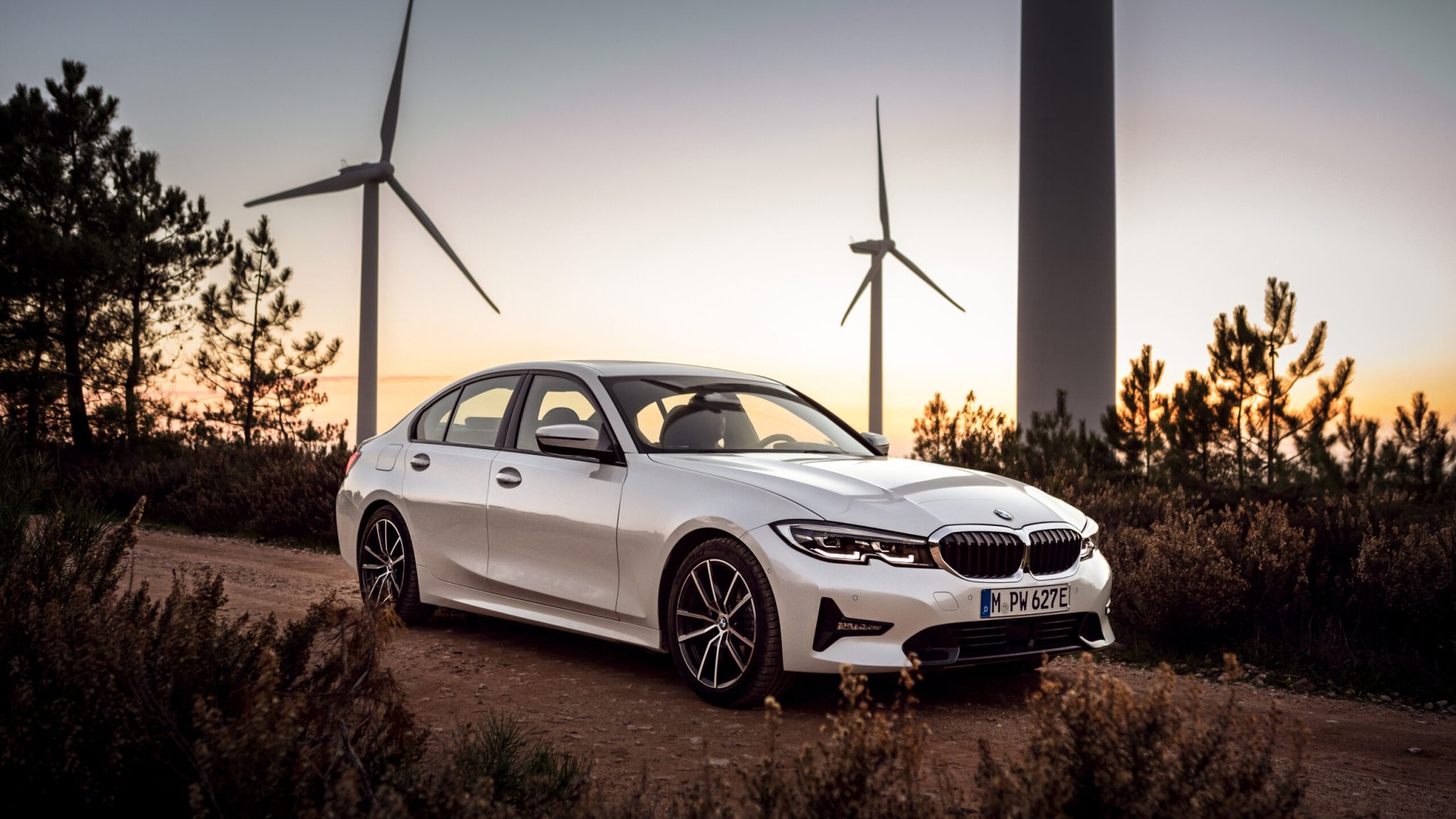

If there’s one catchall in the automotive industry, it’s this: your mileage may vary. While it’s the preferred disclaimer on just about anything, it’s also the conclusion of one group that says plug-in hybrids may not be the most efficient transitional compromise between internal combustion vehicles and their all-electric counterparts. Brussels-based Transport & Environment (T&E) collaborated with Graz University of Technology in Austria recently to measure the real-world fuel consumption of three plug-in hybrid vehicles and found that their mileages, well, varied.
According to researchers, the plug-in hybrid BMW 3 Series, Peugeot 308, and Renault Megane polluted more than advertised, even when on a full battery. What’s more, the researchers claimed they only managed roughly half of the Peugeot’s claimed all-electric range of 37 miles, and the BMW managed only 75% of its claimed 23-mile electric range. The Megane was the only PHEV to accurately state its electric range.
The group also reported that all three polluted more than advertised, noting the BMW 3 Series emitted roughly three times its officially stated emissions in real-world testing. The Megane polluted roughly 67% more than its rated emissions, and the Peugeot polluted about 20% more than claimed. When running on engine power alone, those figures leap to between 4.5 and 9 times their stated emissions ratings. The group also reported that the BMW’s geofencing feature that should disable the engine in congested cities didn’t work and failed to keep the engine from turning on twice.
Of course, there are caveats. For starters, the vehicles were rated using the Worldwide Harmonized Light Vehicles Test Procedure (WLTP), which is notoriously lenient for automakers and far less stringent than the EPA’s test cycle. (Eds note: Although it’s more accurate than the previous driving cycle it replaces so, small victories?) Also, the association that helped to conduct the study, T&E, isn’t exactly neutral in their mission; they purport to be Europe’s leading group for cleaner transportation, mostly EVs.
All of that doesn’t necessarily discredit their findings, but only underscores the usefulness of PHEVs in the first place. When the Chevrolet Volt launched in the U.S., aside from branding and marketing confusion, drivers of that PHEV sedan reported wildly different mileages based on how they used the Volt, and how often they charged it. Some drivers reported hardly filling the gas tanks for nearly a year, while others reported better-than-average fuel economy, but nothing world-beating. The story with all cars, especially PHEVs, will continue to show that testing can’t cover all uses, and for the most part: your mileage will always vary.